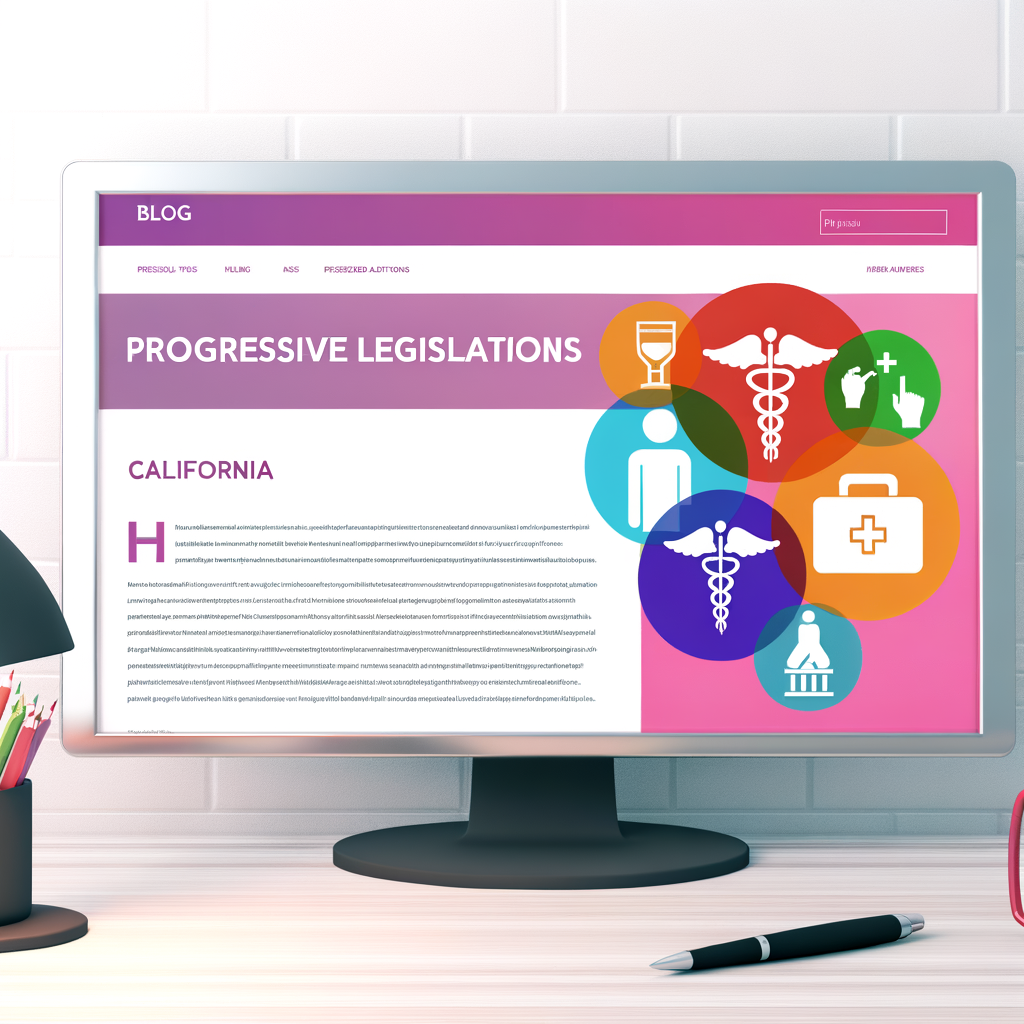Governor Gavin Newsom’s Legislative Actions on Reproductive Rights and IVF Coverage
Introduction: In a legislative term that has seen a significant focus on reproductive health, California Governor Gavin Newsom has made determinative strides with legislation that underscores the importance of reproductive rights and access to fertility treatments like in vitro fertilization (IVF). As issues surrounding reproductive rights continue to be a flashpoint in American politics, Newsom’s decisions illuminate both progression and caution in the realm of health policy. This blog post delves into the key legislative actions taken by the governor, shedding light on their significance and potential impacts on Californians.
Affirmation of Reproductive Rights
Enhancement of Abortion Protections
One of Governor Newsom’s pivotal moves this cycle was enacting laws that strengthen abortion rights in California. Against the backdrop of a changing national landscape on reproductive freedoms, California has positioned itself as a bastion of reproductive health services. The legislations include various measures that not only ensure access to abortions but also protect the privacy of patients and healthcare providers involved.
Support for Reproductive Health Clinics
Another significant aspect of the reproductive rights legislation is the allocation of state funds to support clinics offering reproductive health services. This financial backing ensures that these facilities remain operational and accessible, especially in underserved areas where such services could be at risk due to economic or political pressures.
Insurance Coverage for In Vitro Fertilization (IVF)
Mandating Insurance Coverage for IVF
In an unprecedented move, Governor Newsom signed a bill requiring insurance companies to cover fertility treatments, including IVF. This decision marks a significant shift towards recognizing fertility treatment as an essential aspect of healthcare. By mandating coverage, the legislation aims to reduce the financial burden on individuals and couples seeking to start a family through assisted reproductive technologies.
Impact on Families and Healthcare Costs
The requirement for IVF coverage is poised to have profound implications for many Californians. Fertility treatments are notoriously expensive, often putting them out of reach for many who desire biological children. By introducing insurance coverage mandates, the state alleviates some of these costs, potentially increasing IVF access and utilization. However, this approach also raises questions about the long-term impacts on insurance premiums and overall healthcare costs.
Governor’s Reluctance and Cost Concerns
Vetoing Bills with Cost Implications
Despite his advancements in reproductive rights, Governor Newsom expressed caution in imposing additional regulatory measures, often citing cost concerns. Several bills that the legislature passed faced his veto, as he underscored the potential financial burden they could place on the state’s budget or on businesses and consumers.
Balancing Progress with Fiscal Responsibility
This strategic reluctance underscores a complex balancing act between pushing progressive policies and maintaining fiscal responsibility. Newsom’s approach indicates a careful consideration of the economic ramifications of new regulations, especially in a state with an already expansive and costly healthcare framework.
Conclusion
Summary of Key Points
Governor Gavin Newsom’s recent legislative actions have significantly impacted the landscape of reproductive rights and fertility treatment access in California. By affirming abortion protections and mandating IVF insurance coverage, Newsom has advanced the state’s commitment to reproductive health. However, his vetoes highlight a prudent consideration of the financial consequences these policies may entail.
Call to Action
As Californians navigate these legislative changes, it is crucial to stay informed about how these policies affect personal and communal health. Readers are encouraged to engage actively by advocating for comprehensive reproductive health policies and participating in public dialogues about the intersection of health rights and economics. If you find this analysis informative, please subscribe to our newsletter, share this post with others on social media, or leave your thoughts in the comments below.



